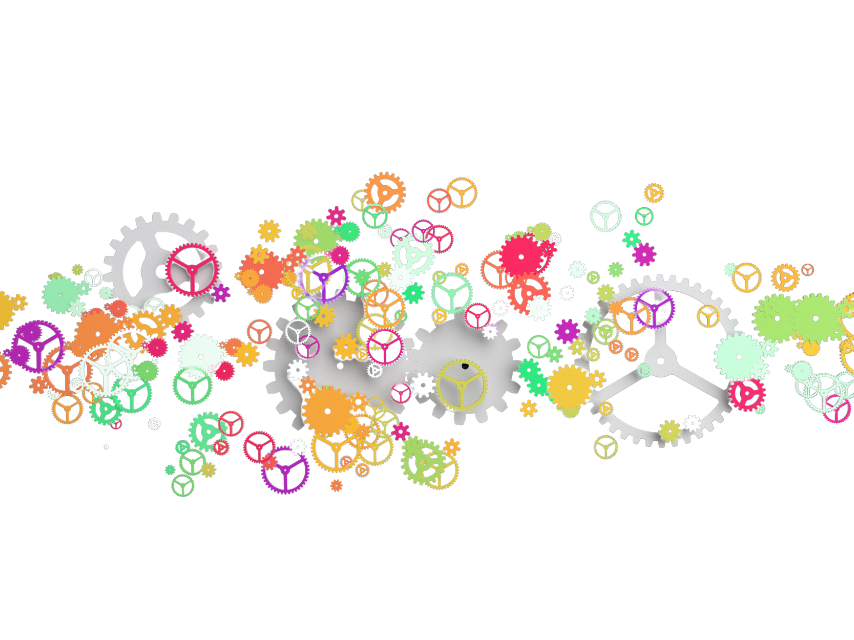For smooth sailing at the share table, think through the details

As you’re thinking about what share table model will work for your school, consider more detailed logistics to make the share table run smoothly.
Do share tables need to be monitored?
It’s not required by the USDA, but it may be required by your state agency or local health department. Even if not required, it’s strongly recommended to monitor the share table even if not required. What does monitoring mean? It doesn’t necessarily mean someone has to be there the entire time. Someone may check on the items every 10-15 minutes, a student helper or a parent volunteer may assist, etc.
Where should the share table be located in the cafeteria and when can students place items?
The only requirement is that it has to be after the point of service and away from potential sources of contamination. Note some cafeterias are quite small and may not allow for such considerations. For schools that have adequate space for this to be a consideration, here are some pros and cons to think about:
Right after Point of Service
Students place items before being seated:
- Saves time of students placing items on share table during meal period
- Decreases chances for share table items to be contaminated
- Students must decide right away what they want to eat
- Students may be less likely to take items if share table is not easily accessible
- May decrease burden on lunchroom monitors
Central Location in Cafeteria
Students place items after being seated:
- May take more time as items are both placed and taken while students are eating
- Increases chances for share table items to be contaminated
- Students have more time to consider what they want to eat
- Students may be more likely to take items if share table is easily accessible
- May increase burden on lunchroom monitors managing share table traffic
Another option is to use a mobile cart and collect items near point of service, then move to a more central location in the cafeteria when students have all been seated.
How should students place and/or take share table items?
- Consider the length of each meal period.
- Will students have time to consider what they want to eat from their tray?
- How long will the share table exchange process take?
- Will students have time to finish consuming share table items before leaving the cafeteria?
- Consider the age of students. Older students may be able to visit the share table freely. For younger students, a more organized approach may be needed to keep the share table running smoothly. Here are some pros and cons to more organized approaches that some schools use:
Students Go Up in Small Groups
- Students may be more likely to use share table alongside their peers
- May cause traffic backup at share table if students are socializing, taking longer to choose an item
- May speed up exchange process if students place/take items quickly, giving them more time to consume share table items
Students Raise Hands and Go Up Individually
- Students may be hesitant to raise their hands and ask to visit the share table
- Students may take less time at the share table when not distracted by friends
- May slow down overall exchange process, leaving some students with less time to consume share table items
To speed up visits to the share table from the outset, make sure to conduct orientation sessions and allow students time to practice placing and taking items.
You’ll probably also want to set rules about how many items a student can take and how many trips can be made.
There are a number of reasons for this:
- Making sure all students have had a chance to visit the share table
- Making sure there are items left for students visiting the share table later
- Reduce waste if students are taking more items than they can reasonably eat during the remaining time in the meal period
- Decrease burden on share table monitors and lunchroom monitors
Consider setting rules about taking items for friends and whether students can give items to others.


